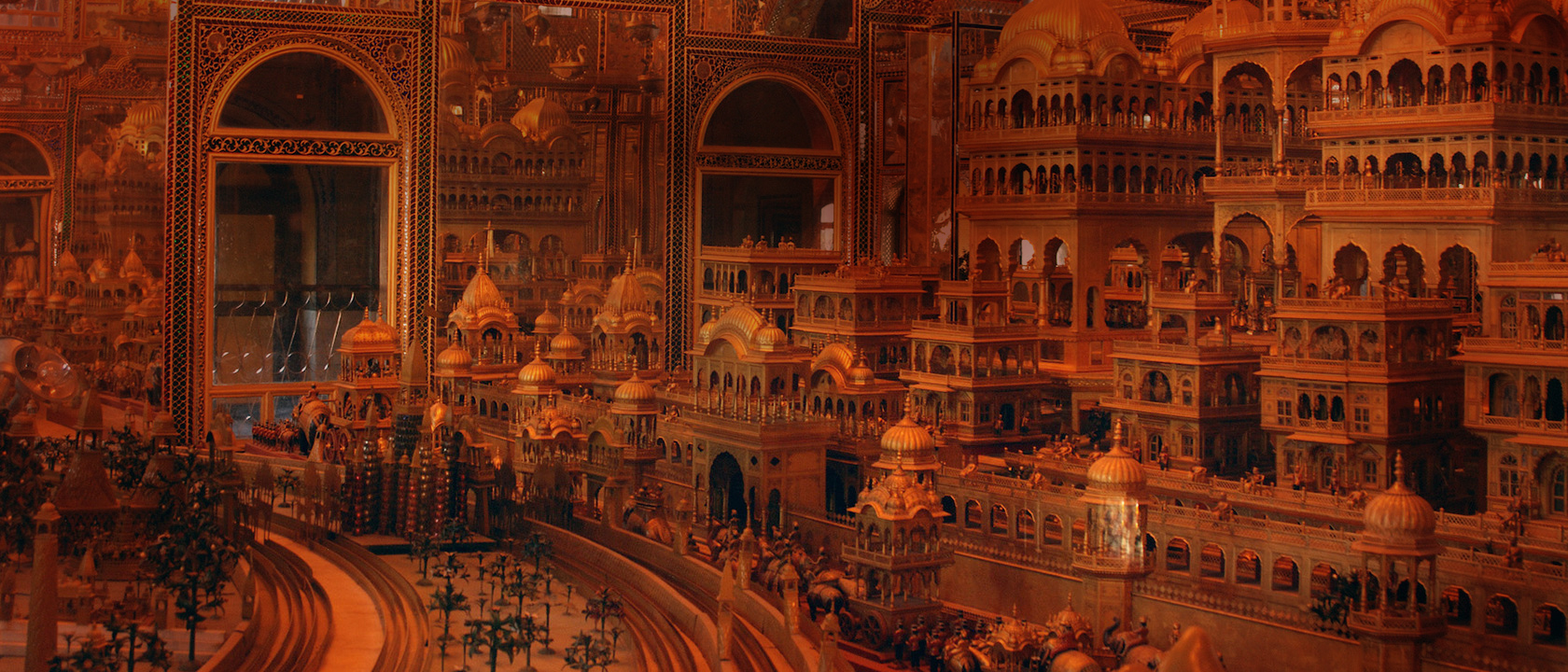
The city of Ajmer gets its name from ‘Ajay Meru’. Roughly translated, it means ‘invincible hills’. Nestled in the
Aravallis south west of Jaipur, Ajmer was founded by Raja Ajaypal Chauhan in the 7th century AD. Till the late 12th
century AD, Ajmer was the epicentre of the Chauhan dynasty. After Prithviraj Chauhan’s loss to Mohammed Ghori in 1193
AD, Ajmer became home to several dynasties. The Mughals in particular, fancied it as their favourite destination due
to the presence of the holy Ajmer Sharif Dargah.
One of the early meetings between the Mughal King Jahangir and the Ambassador of the Court of Queen Elizabeth, Sir
Thomas Roe, took place here in 1616. A few centuries later, the city was handed over to the British, making Ajmer the
only region in Rajputana to be directly controlled by the East India Company. Ajmer is now regarded as an educational
and cultural centre.
Ajmer is home to the famous Dargah Sharif, which houses the Tomb of Garib Nawaz, also known as Moinuddin Chisti, the
founder of the Chisti order of Sufism. Ajmer is also known for Mayo College, one of the country’s first schools that
was a stepping stone for British style of education. It is also a sacred city for Hindus and Muslims alike and is
renowned for being a centre of history and culture and beauty.
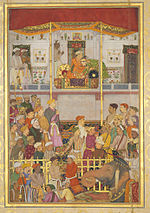
Ajmer was originally known as Ajayameru.The 12th century text Prithviraja Vijaya states that the Shakambhari
Chahamana (Chauhan) king Ajayaraja II (ruled c.?1110 – 1135 CE) established the city of Ajayameru. Historian
Dasharatha Sharma notes that the earliest mention of the city's name occurs in Palha's Pattavali, which was copied in
1113 CE (1170 VS) at Dhara. This suggests that Ajmer was founded sometime before 1113 CE. A prashasti (eulogistic
inscription), issued by Vigraharaja IV and found at Adhai Din Ka Jhonpra, states Ajayadeva (that is, Ajayaraja II)
moved his residence to Ajmer.
The later text Prabandha-Kosha states that it was the 8th century king Ajayaraja I who commissioned the Ajayameru
fort, which later came to be known as the Taragarh fort of Ajmer. According to historian R. B. Singh, this claim
appears to be true, as inscriptions dated to the 8th century CE have been found at Ajmer. Singh theorizes that
Ajayaraja II later expanded the town area, constructed palaces, and moved the Chahamana capital from Shakambhari to
Ajmer.Mughal prince Dara Shikoh was born here in 1615. Jahanara Begum powerful mughal princess also born here.
.jpeg)
Ajmer has a hot, semi-arid climate with over 55 centimetres (22 inches) of rain every year, but most of the rain occurs in the monsoon months, between June and September. Temperatures remain relatively high throughout the year, with the summer months of April to early July having an average daily temperature of about 30 °C (86 °F). During the monsoon there is frequent heavy rain and thunderstorms, but flooding is not a common occurrence. The winter months of November to February are mild and temperate with average temperatures ranging from 15–18 °C (59–64 °F) with little or no humidity. There are, however, occasional cold weather fronts that cause temperatures to fall to near freezing levels.
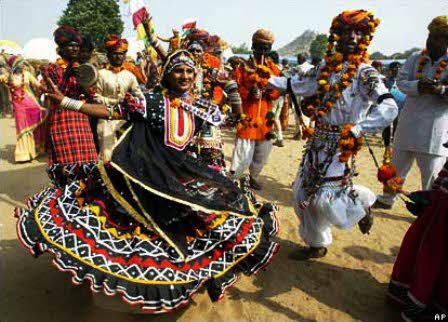
People of Ajmer are very religious and highly socialized. Just because of this quality, they used to offer equal importance to both the main pilgrims – one of Hindu and other of Muslim. Also, people of Ajmer are soft-spoken and very polite by their behavior.
Broadly, one could see people making use of Hindi, Urdu and Rajsthani for mutual conversation. But, English and Sindhi are also used by many people for conversation. Spotted with the main pilgrimages of Hindus and Muslims, it is very clear that the dominating religions in Ajmer are Hindus and Muslims. But, Christian people are also equally seen in Ajmer.
Urs of KhwajaMoinddin Chisti is the main festival celebrated in Ajmer city every year. Basically, this festival is celebrated with full fervor in the May month of every year. It is used to conduct at the Dargah of the Sufi Saint and active participation of all the people of Ajmer makes it more colorful and enjoyable. Other festivals celebrated in Ajmer are Holi, Diwali, Christmas, etc.
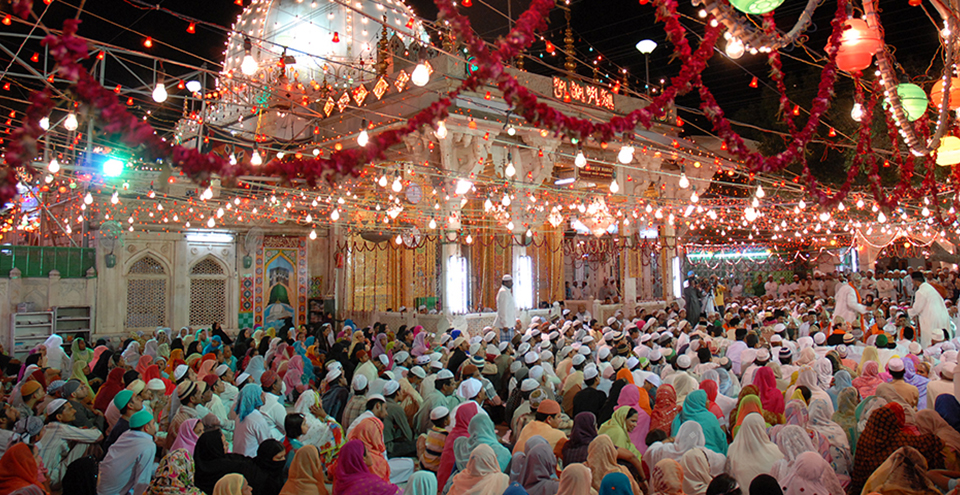
This is a Sufi shrine which encloses the ‘maqbara’ (grave) of Garib Nawaz, the Sufi saint Khwaja Moinuddin Chisti. Built in the 13th century, the shrine is popular among people of all faiths who flock here to have their prayers answered. The shrine has three gates – the main gate or the Nizam gate, the Shah Jahan gate erected by the Mughal Emperor and the Buland Darwaza. Another big draw at this holy shrine is the sacred and scrumptious food that is served to devotees. Cooked in giant cauldrons known as ‘degs’, devotees gather in throngs to be blessed by this prasad.
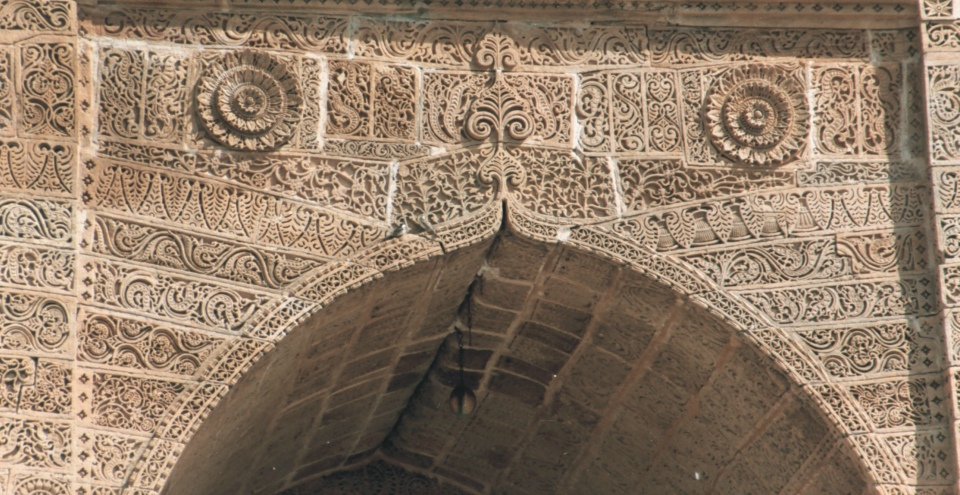
The Adhai Din Ka Jhonpda was originally built to function as a Sanskrit college but was later converted into a mosque by Sultan Ghori in 1198 AD. An impressive blend of Indo-Islamic architecture, the structure was further beautified by Sultan Iltutmish in 1213 AD. Legend has it that the mosque is known as Adhai din ka Jhonpda (literally meaning, The Hut of Two and a Half Days) because of a two and half day fair held here during Urs in the 18th century.

Mayo College is one of India’s oldest independent boarding schools. Founded in 1875, and named after Richard Bourke, the 6th Earl of Mayo, Mayo College was set up to provide the scions of India’s princely states with an education similar to that provided by the Eton College in Britain. John Lockwood Kipling, father of Nobel Laureate, Rudyard Kipling, as principal of Mayo College, furnished the design of the Coat of Arms which shows a Rajput and a Bhil warrior. The college building is one of the finest extant examples of Indo-Saracenic style of architecture.
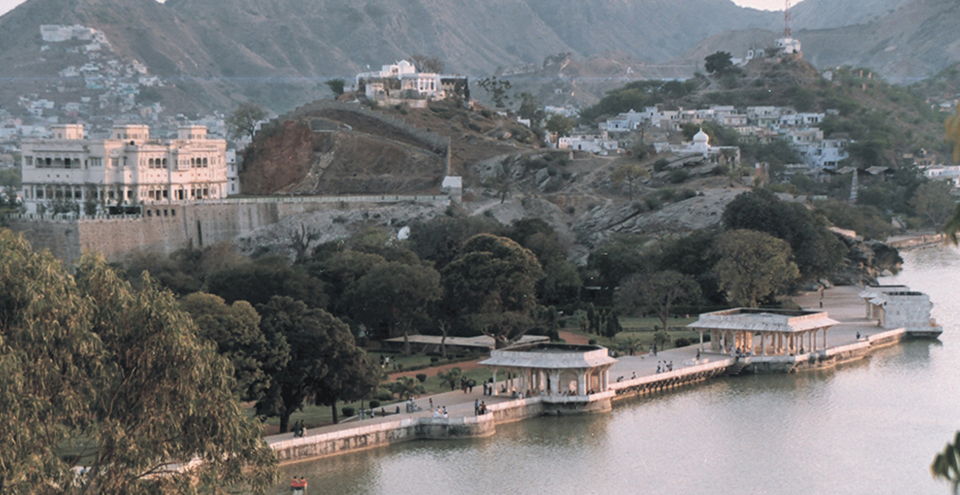
Anasagar Lake is a scenic artificial lake, commissioned and built by Arnoraj Chauhan, son of Ajaypal Chauhan, between 1135 and 1150 AD. Arnoraj was also known as Anaji, which gives the lake its name. Many years later, Mughal Emperor Jahangir added his touch to the lake by laying out the Daulat Bagh Gardens near the lake. Emperor Shah Jahan too, contributed to the expansion by building five pavilions, known as the Baradari, between the garden and the lake.
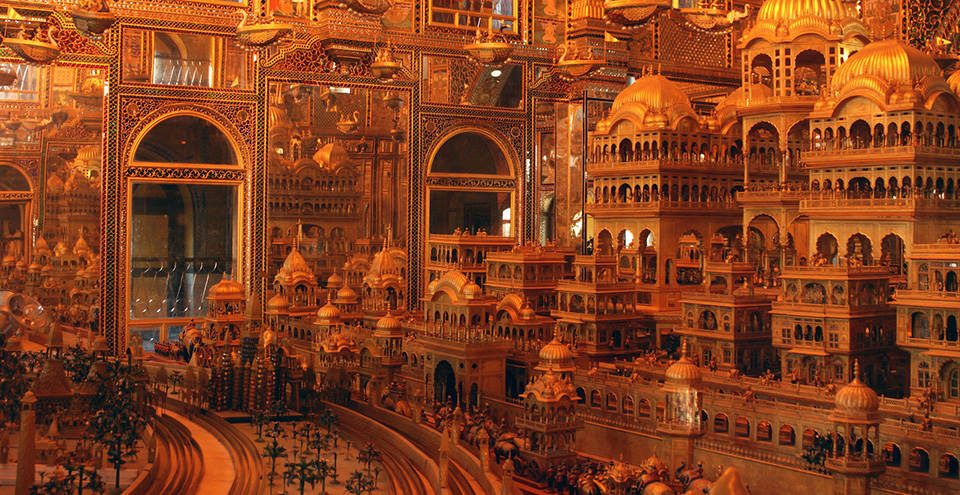
Soniji ki Nasiyan, also known as the Ajmer Jain Temple, is a wonderful example of ornate architecture, and is dedicated to Risabh or Adinath. Its entrance is made of red stone and the marble staircase inside is engraved with images of the holy Tirthankars – omniscient teachers of Jain faith who taught righteousness. Constructed in the late 19th century, this temple is counted among the richest temples in India. Its main chamber, Swarna Nagari (City of Gold), is aptly named so because of the several gold-plated wooden figures it houses within its walls. This famous architectural marvel finds a mention in Kurt Titze's book, ‘Jainism: A Pictorial Guide to the Religion of Non-Violence.’
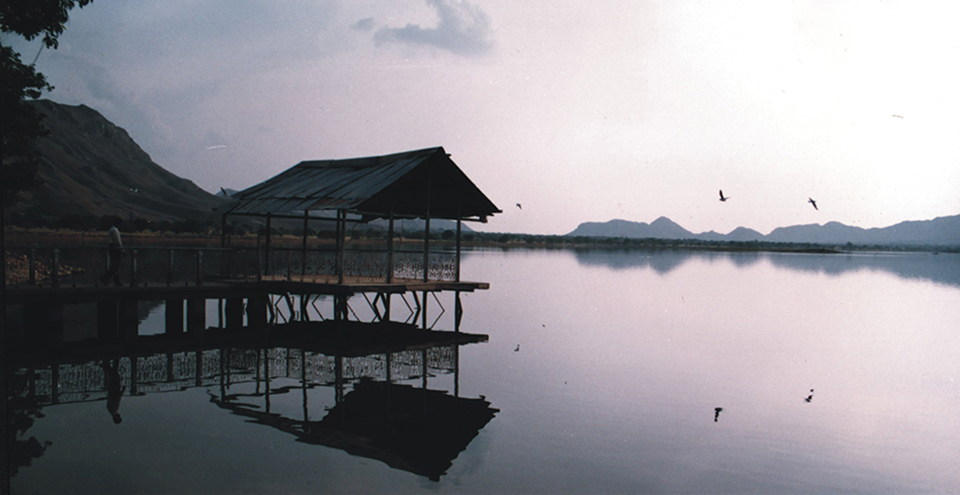
A beautiful artificial lake that appears flat, Lake Foy Sagar was built by an English engineer, Mr. Foy in 1892 AD. Interestingly, this work was taken up to provide famine relief through wage employment to locals. Lake Foy Sagar offers a beautiful view of the Aravalli range.
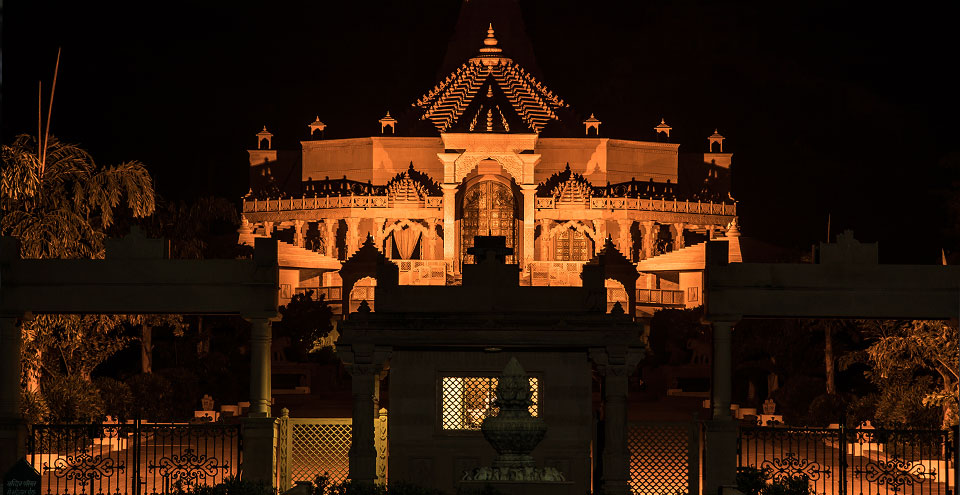
The Nareli Jain Temple in Ajmer, also known as the Shri Gyandoaya Tirth Kshetra, is situated on the outskirts of Ajmer on the national highway to Jaipur. This modern edifice is celebrated for being a perfect blend of traditional and contemporary architectural styles. It consists of 24 miniature temples in its vicinity. Known as Jainalay, they represent the Jain Thirthankars. The Nareli Jain Temple is an important point of pilgrimage for Digambara Jains.

The Jaipur Airport is the closest and is located 138 kilometres away.

You can hop on to a bus from almost any city in and around Rajasthan and get here. These include Jaipur, Agra, Aligarh, Bikaner, Bharatpur, Barmer, Haridwar, Chittorgarh, Jodhpur, Jaisalmer and Nagaur.

Ajmer is located on the Delhi-Jaipur-Marwar-Ahmedabad-Mumbai railway line. It is well connected by rail as most trains on this route halt at Ajmer.
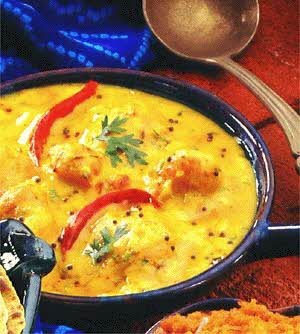
Eating out in Ajmer, one of the main holy cities of India, will sure be wonderful experience. To offer delicious and toothsome dishes to its visitors is the main motto of
the restaurants in Ajmer city. Lots of restaurants of Ajmer serve different cuisines of great taste and with great hospitability. These two facets
make the food more enjoyable and appetizing. Not only food but the taste of snacks and sweets available in Ajmer is also very incredible.
Among the snacks list, you must not dare to miss Kadi-Pakoda, Samosa, Kachori, Dal-Pakwan, and lots of other crispy snacks served with different types of chutneys.
And, among the sweets, Sohan Halwa needs special mention as it is one of the best sweets in Ajmer. You must try different Biryanis also in Ajmer.The peak time to
enjoy the different mind-boggling varieties of Ajmer city is at the time of Urs festival held annually.